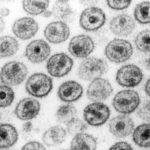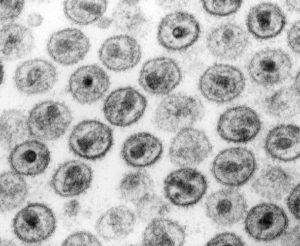Reports have shown that circumcision can reduce HIV infection rates by up to 60%. While the mechanism behind its effectiveness is unclear, multiple studies have linked HIV infection with Langerhans cells (LCs). Located in the stratified squamous epithelium and skin epidermis, LCs are a type of dendritic cell (DC) that highly expresses a C-type lectin receptor called Langerin. LCs expressing Langerin form a barrier against infection and help capture and destroy HIV. Furthermore, LCs with Langerin can migrate to secondary lymphoid tissues after capturing HIV and initiate the development of antigen-specific T and B cells. However, the role of LCs in HIV infection remains controversial. Instead of reducing viral load, LCs that do not express Langerin have been found to actually increased viral transmission. Even LCs that express Langerin have been infected in vivo and in vitro. By selectively inhibiting LC function, HIV can hitch a ride on LCs to migrate to secondary lymph nodes while avoiding degranulation. Once in the lymph nodes, HIV is then able to infect its primary target: CD4+ T cells.
Studies on LCs remain time consuming and complicated due to the low 1-3% proportion of LCs in epithelial tissues. Two extraction methods are commonly used but both methods impact cell preservation and integrity. Spontaneous migration allowed cells to migrate out of the epithelium into a media, but only mature LCs similar to the LCs found in secondary lymph organs are obtained. Immature LCs that are encountered by pathogens in peripheral tissues are obtained through enzymatic digestion. While LCs can also be obtained through CD34+ precursor cells, they may not match the epithelial LC phenotype.
Journal Source: Botting et al., 2017. Langerhans cells and sexual transmission of HIV and HSV. Reviews in Medical Virology
Article by Maxwell Chan

